Regardless of his filmmaking talents, Gaspar Noé (Irreversible) is first known for being a provocateur. His films have angered and reviled audiences around the world and led to walk outs due to the content onscreen. Climax, while by no means even remotely close to mainstream, may be his most agreeable title to date, if agreeable is even a term that can be applied to anything Noé has created. The film follows a Parisian dance troupe as they initially practice then unwind by throwing a party. The mood is jovial until things take a turn for the worse. People start feeling something strange and they soon realize that someone has spiked their sangria with a heavy dose of drugs and it sets off a night of drug-fueled chaos.
The best part of any Noé film isn’t the narrative or the characters, it’s the pure experience. At his best, Noé uses a blend of unnerving sound effects, hypnotic music, high-contrast lighting, and swirling cameras to create a cinematically-induced euphoria or, in some cases, total paralysis. It’s a pure, visceral response that few films can produce and even fewer filmmakers can consistently create. There are a few moments in Climax that reach this level of reaction. An opening dance number features the cast rhythmically gyrating and contorting their bodies in ways that we know are choreographed but feel like instinctual movements borne from the thumping electronic music that overwhelms our ears. The effect is mesmerizing as it inundates the senses and transfixes your attention. Sadly, this is the only scene of the film that is able to produce this reaction.
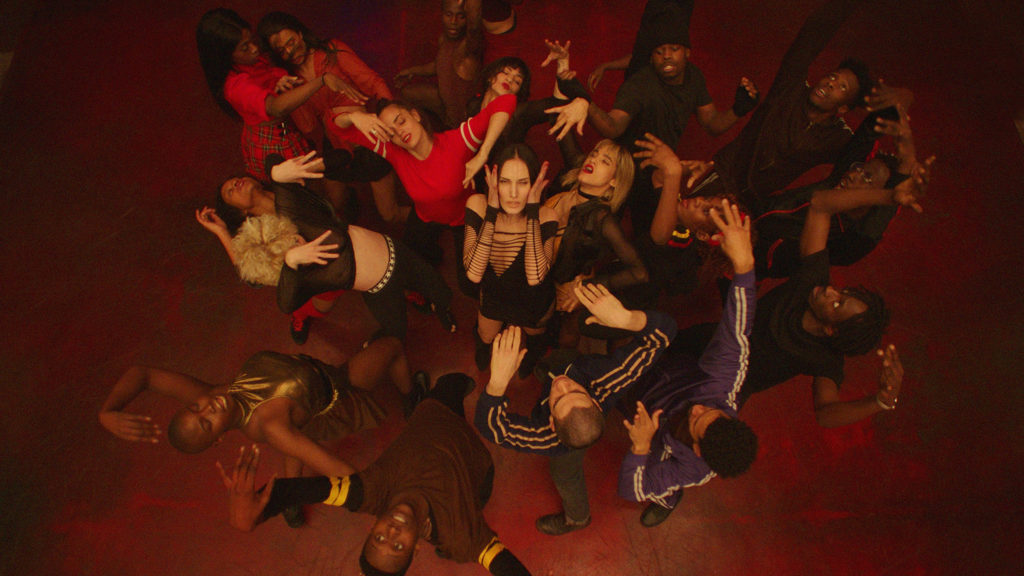
The majority of the film focuses on the pandemonium created by the high dancers. The drugs produce different responses in each person. Some become overly emotional while others become wild or even violent. Very few of them make good decisions as it becomes clear that the film has morphed into a horror movie with the negative effects of the unknown substance as the primary threat. The characters’ behaviors can quickly become tiring. We haven’t developed affections towards them and have little investment in their well-being which makes their blatantly stupid decision-making irritating, even if it is understandable given their physical state. Mimicking their world rapidly spiraling out of control, Noé and his regular cinematographer Benoît Debie (Spring Breakers) use a swirling camera that is as mobile as the dancers, weaving through their tangled bodies and effectively capturing their confusion. Yet, because of the poorly sketched characters and their self-destructive actions, the intended horror is kept arm’s length.
As usual, Noé is guilty of several indulgences. The film opens with seemingly never-ending interviews with each of the dancers asking why they want to join the troupe and the party pre-drugs features several scenes of dialogue as inane as the characters are inebriated. Noé lets these scenes stretch into minutes long takes of drunken friends talking about which of the other dancers they want to sleep with as they go into excessive, graphic detail for no purpose. Furthermore, there are plot points and character outcomes that are present for no reason other than shock value. These sections pad out the film’s short runtime and highlight how little material is actually present. Climax has moments of the Noé’s best talent of creating enveloping visceral responses, but the film’s drug-trip-as-horror premise fails to connect.

3/5 stars.
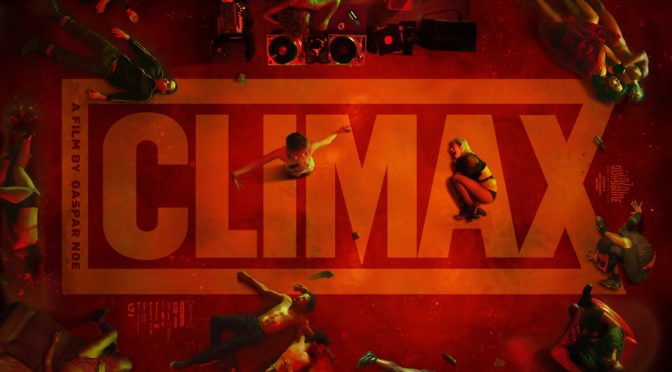
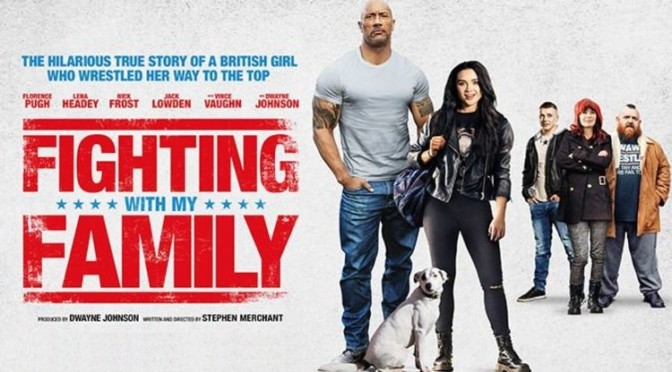
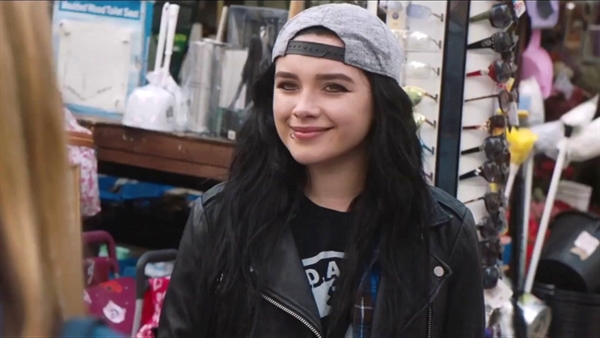

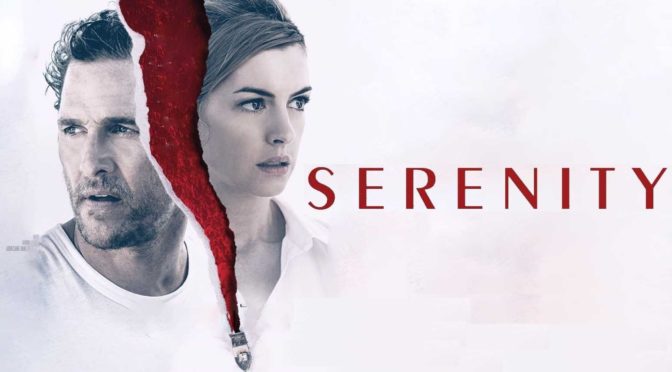
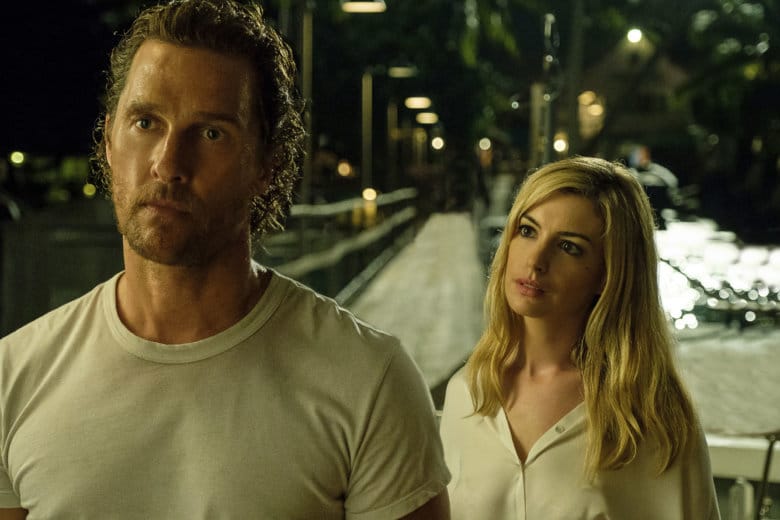

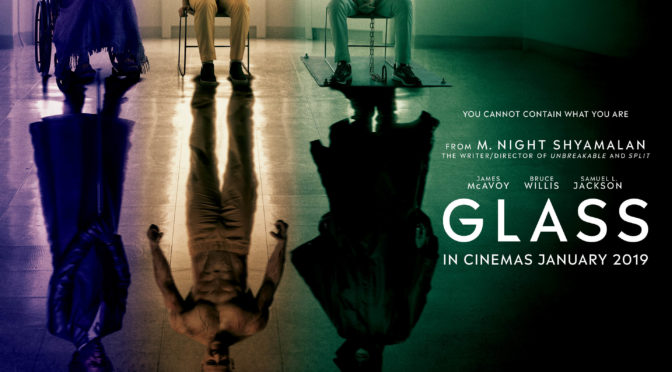
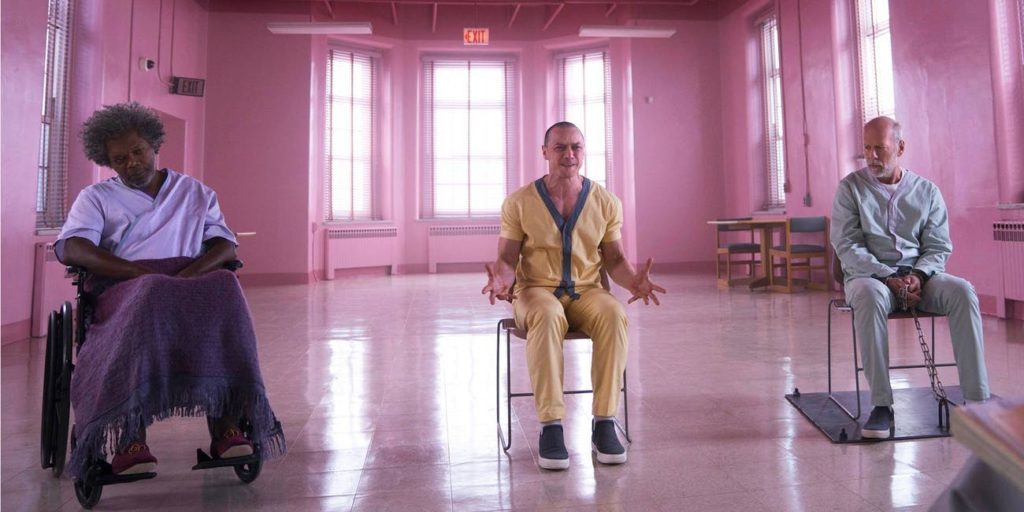
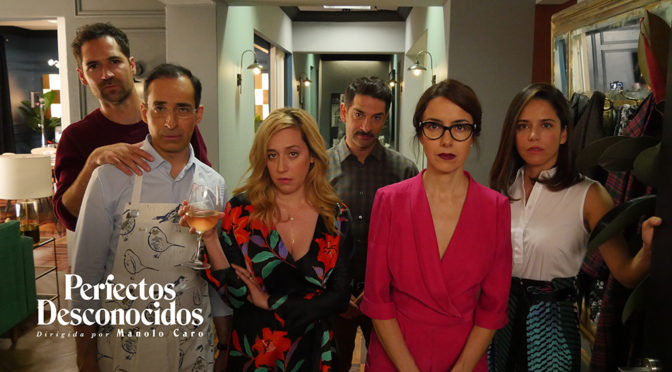


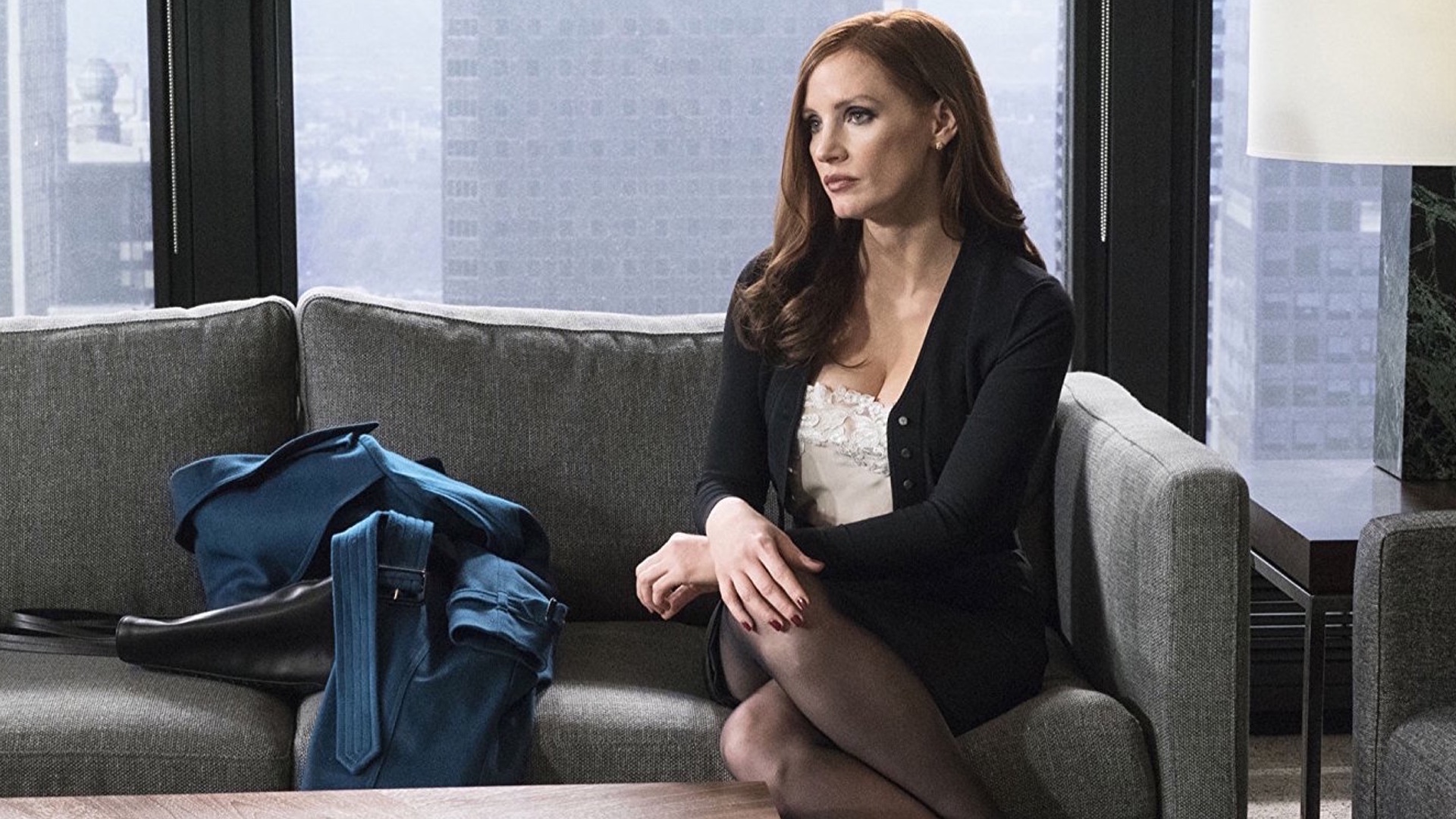

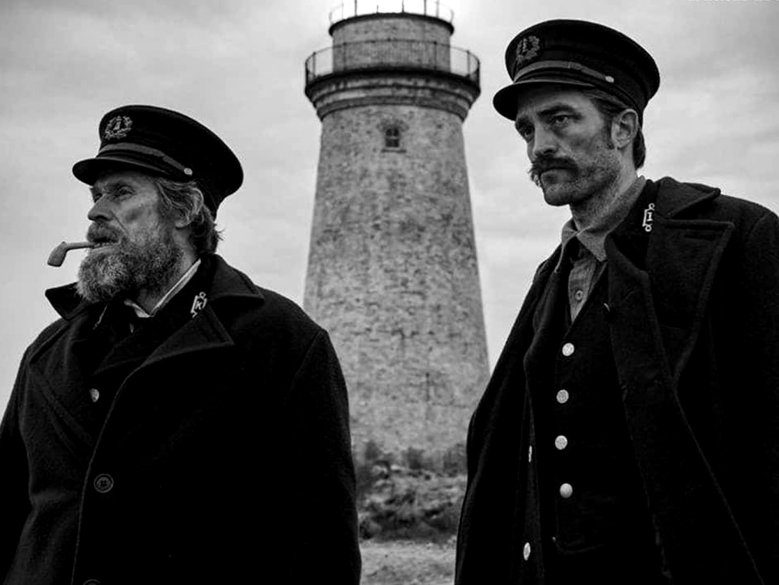 The Witch is one of the most interesting horror movies of the past few years, with meticulous period detail and escalating paranoia that few films can achieve. Robert Eggers’s follow up is sure to be in the same vein with Willem Dafoe playing an elderly lighthouse keeper in this dark horror-fantasy.
The Witch is one of the most interesting horror movies of the past few years, with meticulous period detail and escalating paranoia that few films can achieve. Robert Eggers’s follow up is sure to be in the same vein with Willem Dafoe playing an elderly lighthouse keeper in this dark horror-fantasy. Very little is known about the newest film from the Daniels, but their involvement is enough to warrant a place on this list. The film is described as an “inter-dimensional action film” with Michelle Yeoh and Awkwafina of Crazy Rich Asians starring. I’m personally not a huge fan of Awkwafina’s style of humor, but the Daniels’ history of creating
Very little is known about the newest film from the Daniels, but their involvement is enough to warrant a place on this list. The film is described as an “inter-dimensional action film” with Michelle Yeoh and Awkwafina of Crazy Rich Asians starring. I’m personally not a huge fan of Awkwafina’s style of humor, but the Daniels’ history of creating 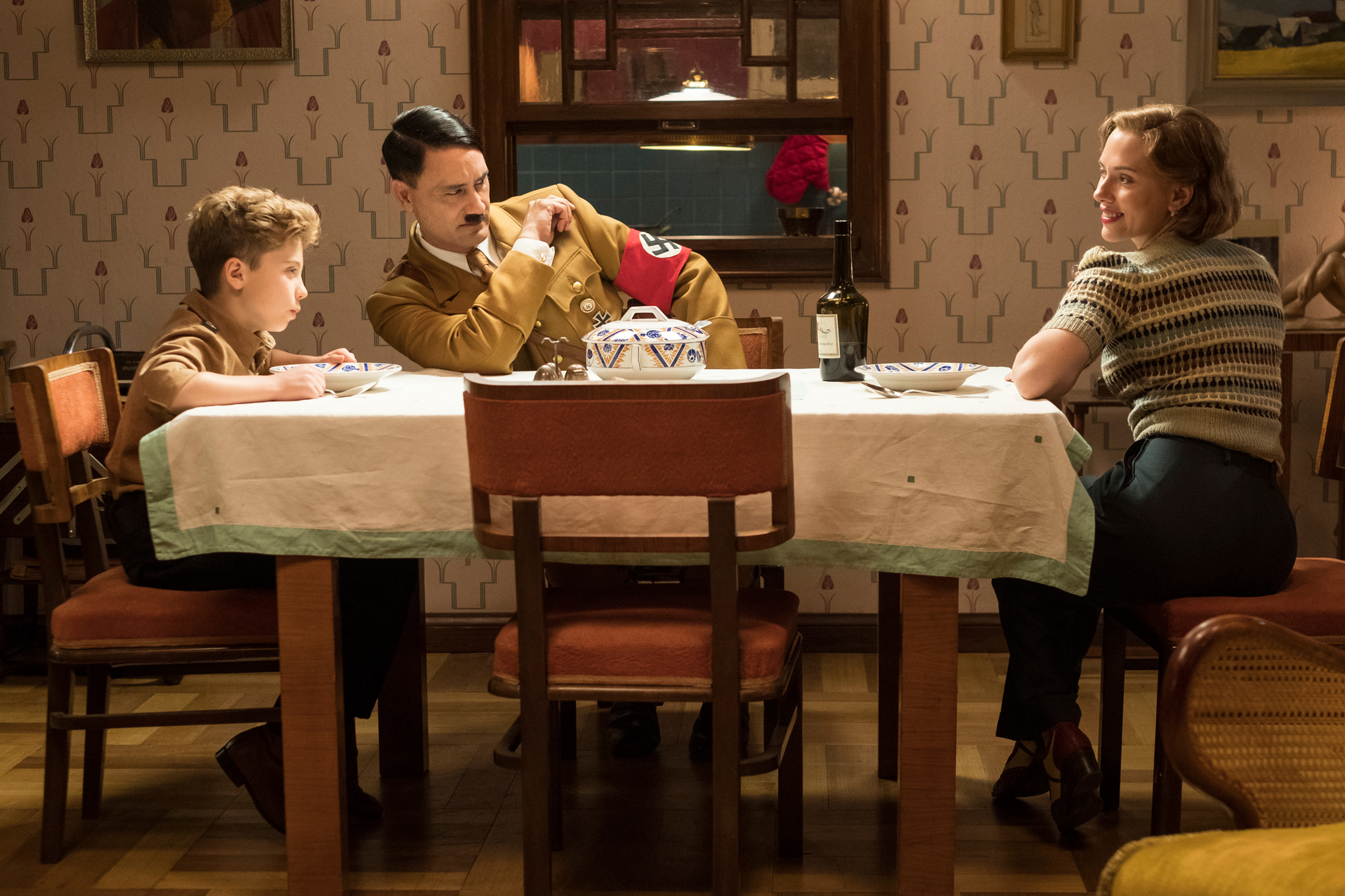 WWII Germany is not where most people would think to set a comedy, but most people aren’t Taika Waititi. Hunt for the Wilderpeople was one of my favorite movies of 2016 and coming off Thor: Ragnarok, a studio film that neutered many of his best quirks, it’s nice to see him return to a smaller scale. The script is hilarious and features another precocious boy in a coming of age story with Waititi playing the child’s imaginary friend: Hitler. The film is filled with the well-meaning buffoons and dialogue misunderstandings that make his work so consistently entertaining.
WWII Germany is not where most people would think to set a comedy, but most people aren’t Taika Waititi. Hunt for the Wilderpeople was one of my favorite movies of 2016 and coming off Thor: Ragnarok, a studio film that neutered many of his best quirks, it’s nice to see him return to a smaller scale. The script is hilarious and features another precocious boy in a coming of age story with Waititi playing the child’s imaginary friend: Hitler. The film is filled with the well-meaning buffoons and dialogue misunderstandings that make his work so consistently entertaining.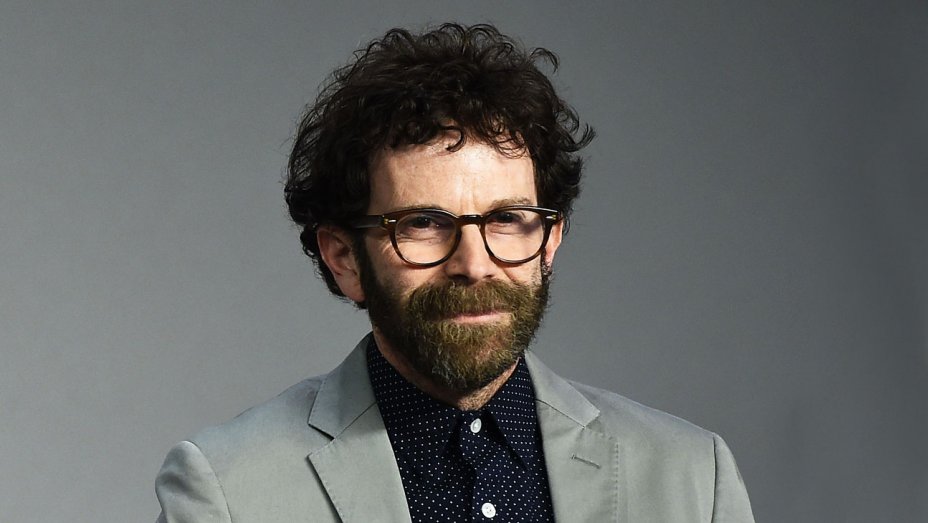 It’s been more than a decade since Charlie Kaufman (Eternal Sunshine of the Spotless Mind) released a live action feature. His movies can sometimes be too reflexive for their own good, but are always thought-provoking. With some added freedom and budget from Netflix, he can hopefully put together one of his signature introspective stories.
It’s been more than a decade since Charlie Kaufman (Eternal Sunshine of the Spotless Mind) released a live action feature. His movies can sometimes be too reflexive for their own good, but are always thought-provoking. With some added freedom and budget from Netflix, he can hopefully put together one of his signature introspective stories. This is the most mainstream film on my list and I can’t deny my appreciation for Richard Curtis’s work (Notting Hill, About Time). Some may call him cheesy, but he creates sympathetic, endearingly awkward characters and stories with unabashed heart. The pairing of his writing with strong direction from Danny Boyle seems like a great fit. The film’s story follows a struggling musician who, for currently unknown reasons, is the only person able to remember the Beatles and uses their music to launch his own career. This silly, but promising setup with a talented cast starring Himesh Patel and Lily James could be one of the most crowd-pleasing movies of the year.
This is the most mainstream film on my list and I can’t deny my appreciation for Richard Curtis’s work (Notting Hill, About Time). Some may call him cheesy, but he creates sympathetic, endearingly awkward characters and stories with unabashed heart. The pairing of his writing with strong direction from Danny Boyle seems like a great fit. The film’s story follows a struggling musician who, for currently unknown reasons, is the only person able to remember the Beatles and uses their music to launch his own career. This silly, but promising setup with a talented cast starring Himesh Patel and Lily James could be one of the most crowd-pleasing movies of the year.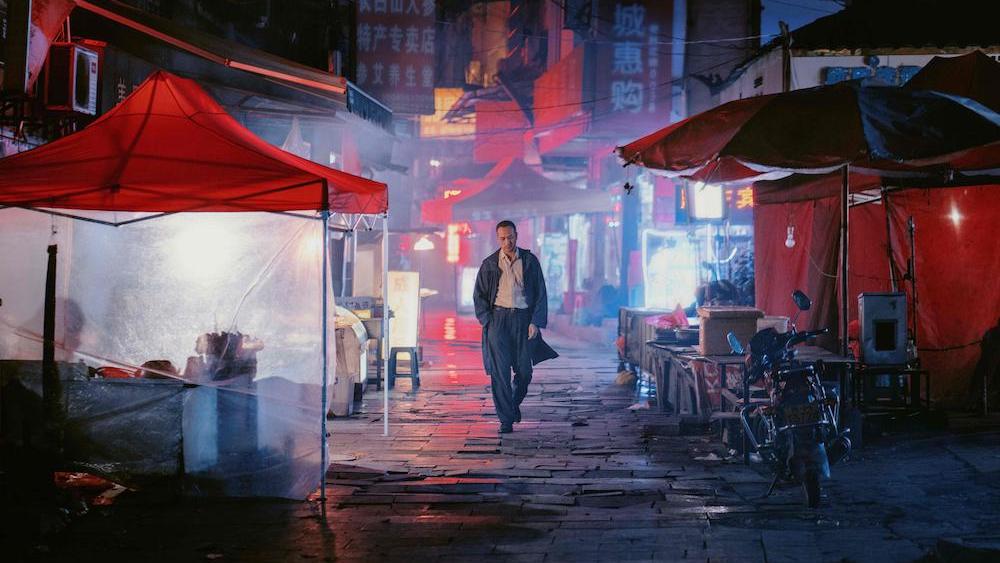 After opening to incredible reviews at Cannes this year, Bi Gan’s sophomore feature has hit unexpected pre-sale records in China and is poised to be an arthouse breakout there. The film has received huge praise for its dreamy visuals, startling use of 3D, and a supposedly 50+ minute long take. Building off his stellar debut Kaili Blues and tackling new artistic challenges, Bi Gan is shaping up to be an original filmmaker to watch.
After opening to incredible reviews at Cannes this year, Bi Gan’s sophomore feature has hit unexpected pre-sale records in China and is poised to be an arthouse breakout there. The film has received huge praise for its dreamy visuals, startling use of 3D, and a supposedly 50+ minute long take. Building off his stellar debut Kaili Blues and tackling new artistic challenges, Bi Gan is shaping up to be an original filmmaker to watch.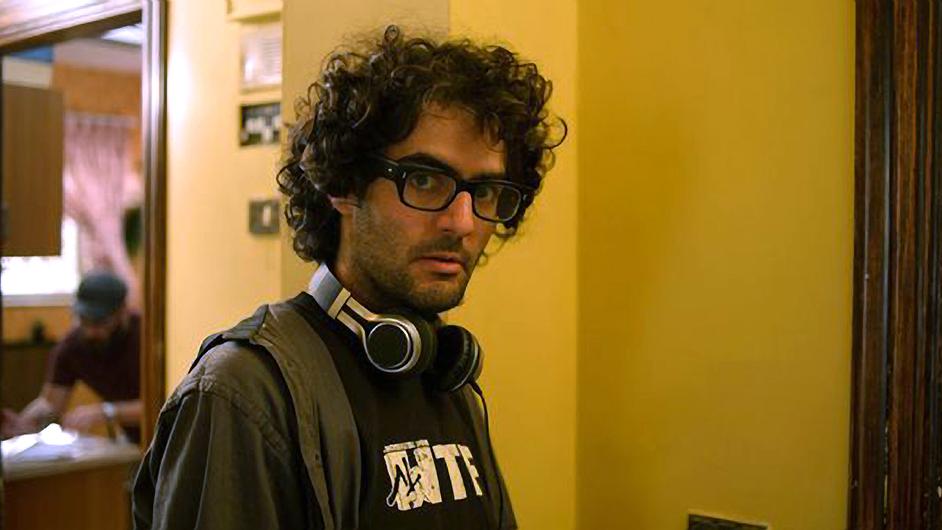 Babak Anvari’s feature debut Under the Shadow was
Babak Anvari’s feature debut Under the Shadow was 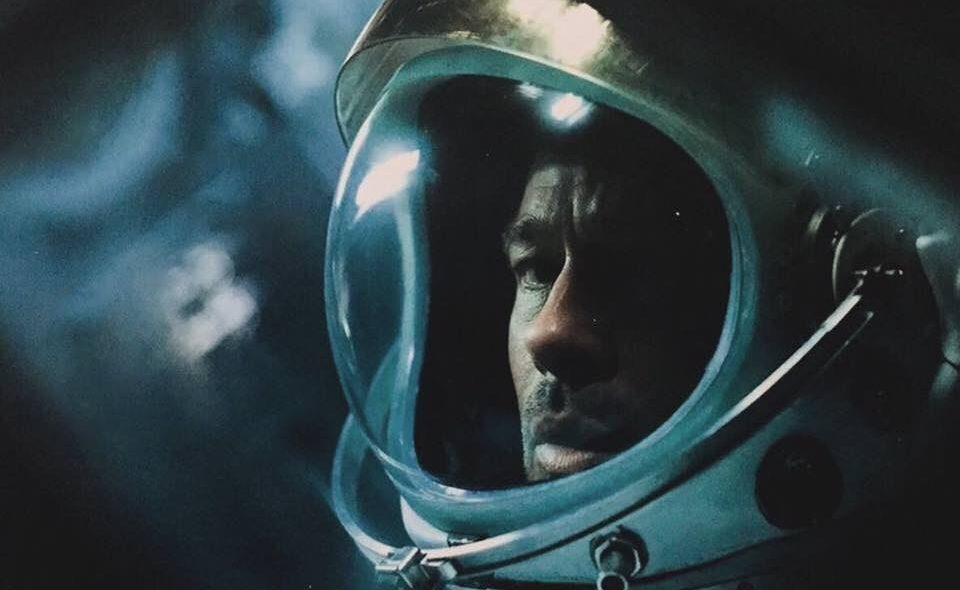 This sci-fi thriller, co-written and directed by James Gray, may be the movie that delivers on what Interstellar could not. The film stars Brad Pitt as an engineer who travels through space searching for his father, played by none other than Tommy Lee Jones, who has been missing since he left for a mission to Neptune 20 years earlier. Ad Astra has Gray’s largest budget to date and with his focus on character and proven ability to tell decade spanning epics (The Lost City of Z), it could be the smart sci-fi we’ve been waiting for.
This sci-fi thriller, co-written and directed by James Gray, may be the movie that delivers on what Interstellar could not. The film stars Brad Pitt as an engineer who travels through space searching for his father, played by none other than Tommy Lee Jones, who has been missing since he left for a mission to Neptune 20 years earlier. Ad Astra has Gray’s largest budget to date and with his focus on character and proven ability to tell decade spanning epics (The Lost City of Z), it could be the smart sci-fi we’ve been waiting for.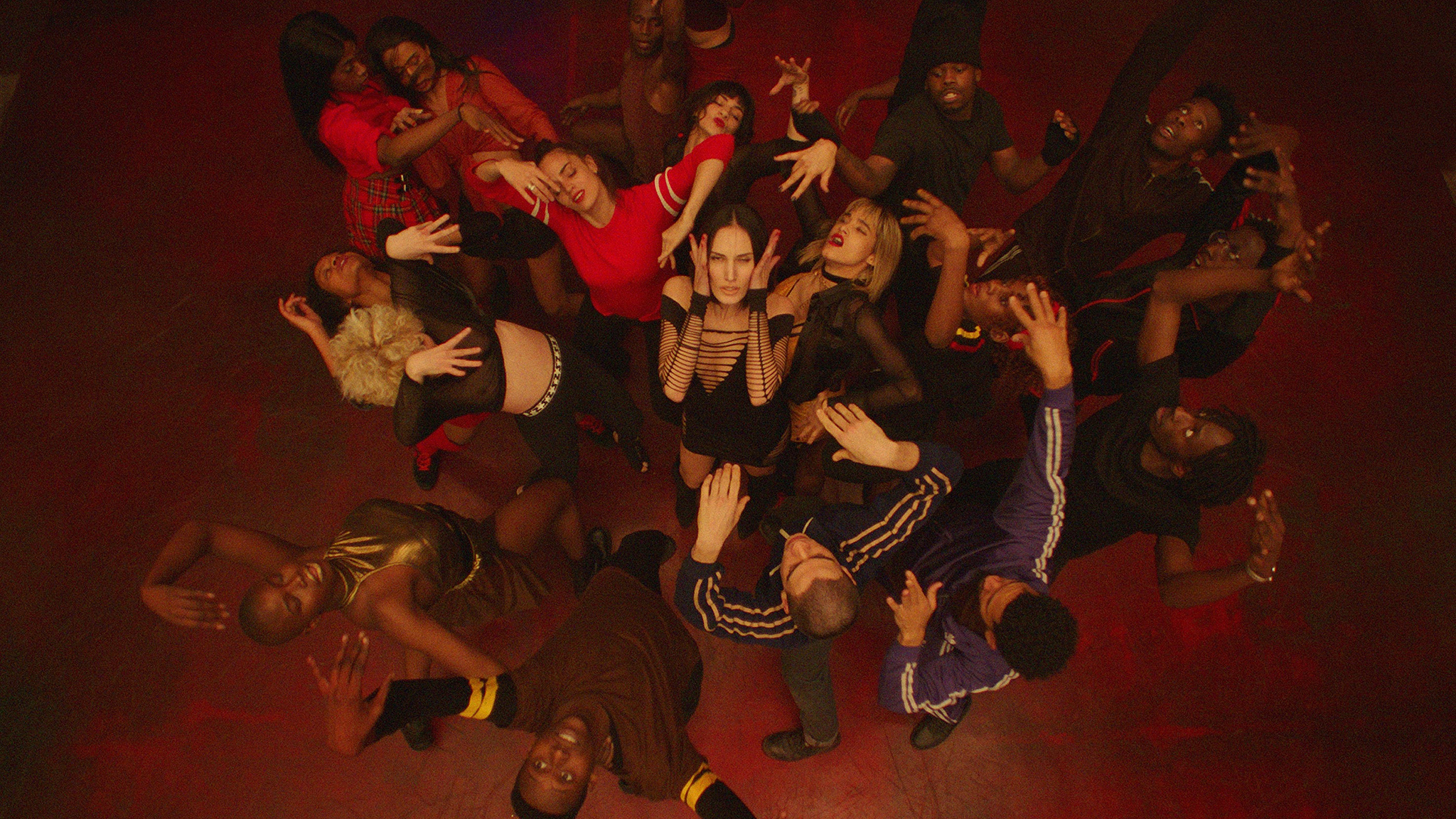 Gaspar Noé is one of my favorite filmmakers. He may be a provocateur and indulge himself in some unnecessary scenes, but he also creates visceral experiences like no other. Climax premiered at Cannes this year to the most positive reviews of Noé’s career, so much so that
Gaspar Noé is one of my favorite filmmakers. He may be a provocateur and indulge himself in some unnecessary scenes, but he also creates visceral experiences like no other. Climax premiered at Cannes this year to the most positive reviews of Noé’s career, so much so that